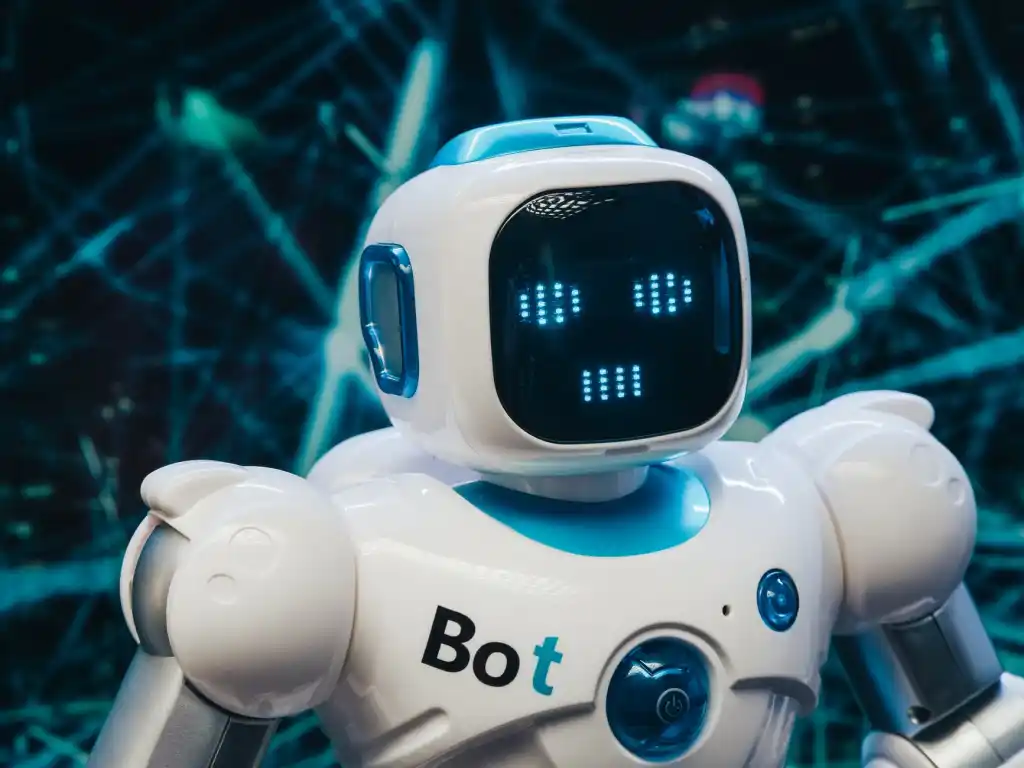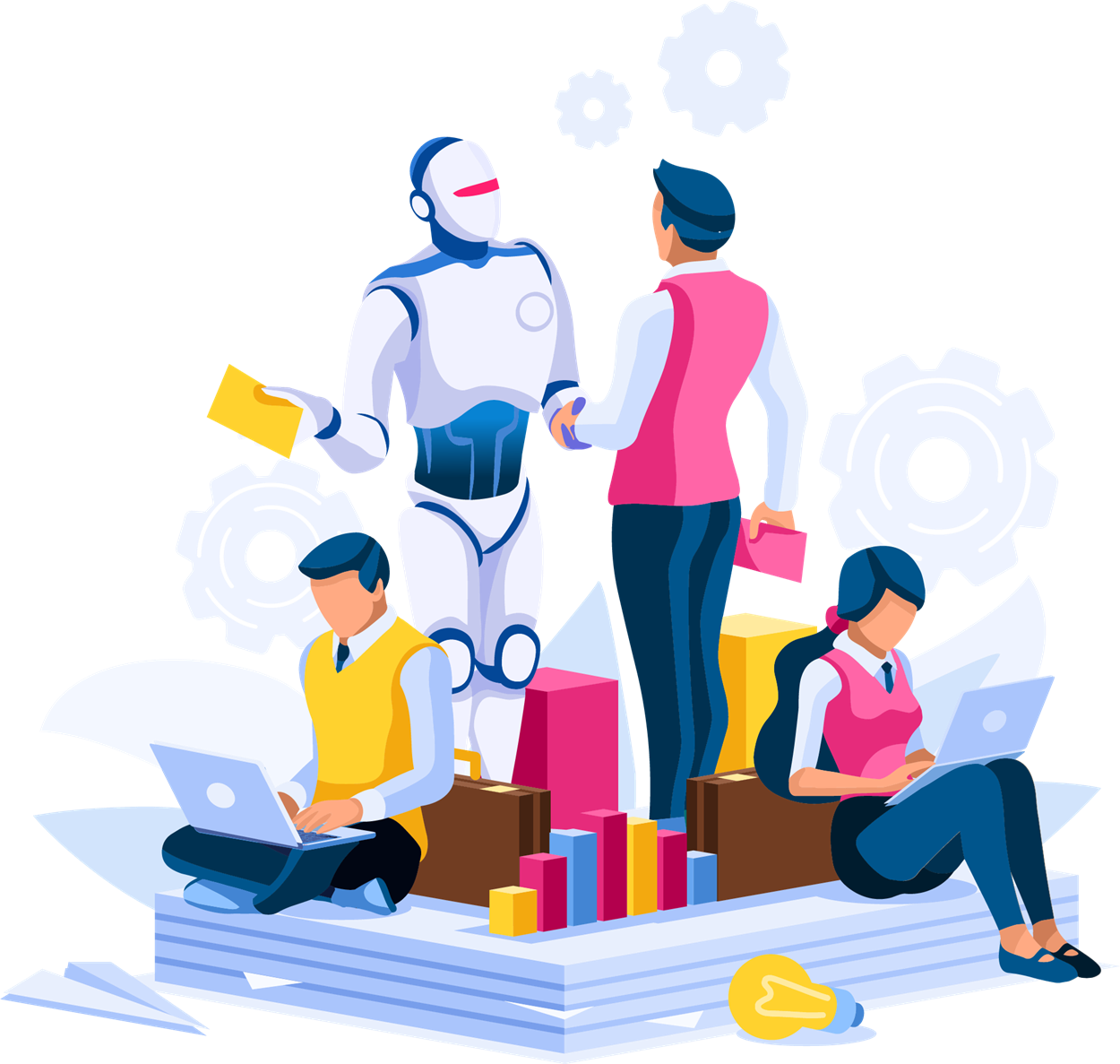
Originally posted on the KantanMT blog on November 11, 2021
Technical documentation is now used across different channels, from online help to chatbots.
With the massive adoption of software and mobile applications, good technical content is on demand. Technical writing aims to explain how to use a specific technology to the potential user. The type of technology can vary greatly; opposite examples can be a dating app and a highly sophisticated data gathering dashboard used in the financial field.
At the end of the day, the goal is always the same, to show the user how to navigate and make use of the app in the most direct, simple, and effective way.
Traditional technical documentation can come in many formats: manuals, user guides, API or SKU documentation, white papers…, but the latest one is in the form of communication through chatbots.
Chatbot is a computer program that provides the user with information in a conversational form; in order to do that, the chatbot will ask questions, as well as giving the required feedback, placing an order, or even scheduling a meeting if the user requires it.
I am putting myself to the fullest possible use. HAL 9000, “2001, Space Odyssey”.
Reuse, recycle
Many chatbots are programmed with natural language processing (NLP) and machine learning and therefore use technical content to learn and refine their answers. It is always useful to stick to some rules when writing for Machine Learning:
- Write clear sentences.
- Avoid subordinate clauses.
- Avoid ambiguous antecedents (she, he, they).
- Use active voice.
- Be consistent in the use of terminology.
For a mechanic, you seem to do an incessant amount of thinking. C3PO, “Star Wars”
Solutions focused
One of the golden rules of technical writing is not to assume that the potential user has a level of knowledge akin to the writer’s. Unless specified, technical documentation will be based on the assumption that the user does not know anything about the program or application in question.
I can be anywhere and everywhere simultaneously. I’m not tethered to time and space… Samantha, “Her”.
Introduction Dynamic, multilingual
One benefit of chatbots is that they can use text to speech technologies to deliver the solutions in speaking form, something very welcome in the era of information overload when our attention span is ever decreasing.
The same bot application can also be multilingual, reaching global audiences. Technical documentation is one of the best content types for machine translation, given its well-structured, simple, and consistent format.
With chatbots, the exchange of information becomes dynamic and gets closer to a conversational style of communication, making the learning process similar to what us humans are used to.
More Human Than Human. Tyrell Corporation’s motto, “Blade Runner”
KantanMT offers unlimited data models that can be trained with your technical documentation files to be used with multilingual chatbots. Such models can be accessible through KantanStream. The KantanStream platform is specifically designed to support business-to-customer interactions.
Artificial intelligence and robotics are already taking care of many of the time-consuming production tasks that humans did in the recent past; the opportunity is there for the human brain to do what it does best: use the imagination to create new solutions and improve our existing world, but are we ready for it yet?
If you would like some more information about KantanAI, drop us a line here.

